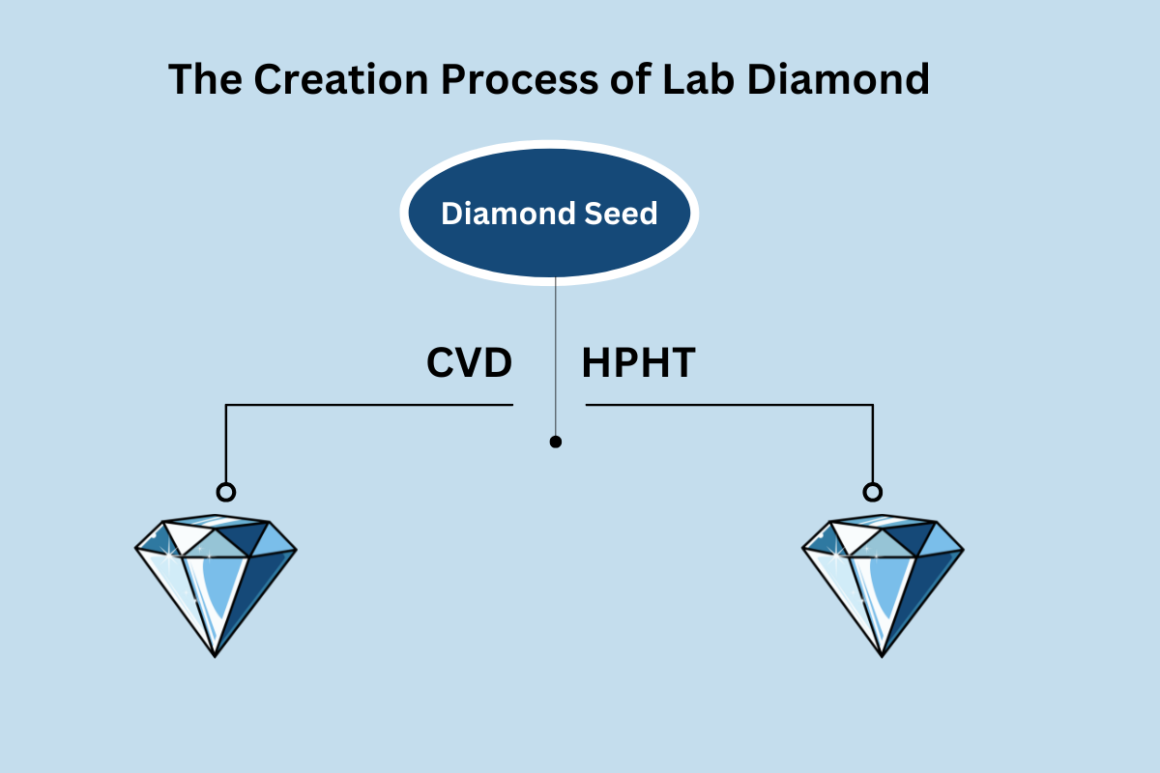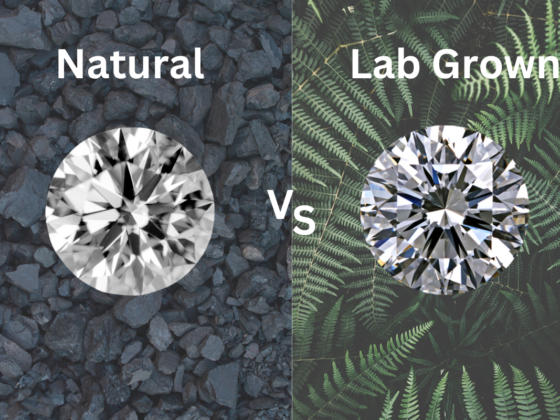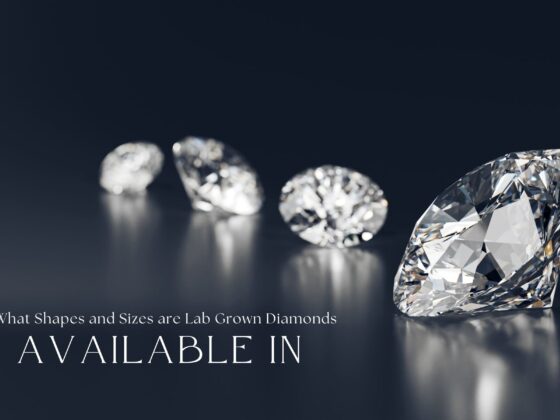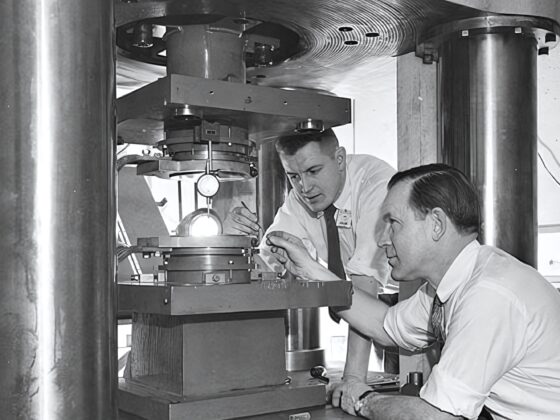Lab grown diamonds, often regarded as an innovative alternative to their natural counterparts, are created through advanced technological processes that mimic the conditions under which natural diamonds form. This results in gemstones that possess identical physical and chemical properties, raising questions about their value and authenticity in the market.
As consumers increasingly prioritize ethical sourcing and environmental sustainability, the significance of lab grown diamonds becomes even more pronounced. To fully comprehend their impact on the jewelry industry and consumer choices, one must consider various factors that distinguish these engineered stones from traditional diamonds.
Definition of Lab Grown Diamonds
Lab grown diamonds, often referred to as synthetic or cultured diamonds, are gemstones that are created in controlled environments using advanced technological processes. Unlike natural diamonds, which form over millions of years deep within the Earth’s mantle, lab grown diamonds replicate the conditions necessary for diamond formation in a matter of weeks or months. This innovative approach not only accelerates the production time but also allows for greater precision in quality control.
The origin theories surrounding lab made diamonds have sparked considerable discussion within the gemological community. While some argue that their synthetic nature detracts from the traditional allure of diamonds, others emphasize the ethical and environmental benefits, such as reduced mining impact and traceable sourcing.
Current market trends reveal a growing acceptance of man made diamonds among consumers, particularly those seeking affordable alternatives to natural stones. As awareness increases regarding their equal physical and chemical properties, lab grown diamonds are becoming a compelling choice for engagement rings and other fine jewelry. Consequently, the landscape of the diamond industry is evolving, as consumers embrace these modern gemstones without compromising on quality or ethical considerations.
The Creation Process

The creation of lab-grown diamonds involves sophisticated methods that closely mimic the natural conditions under which diamonds form within the Earth. Two primary Lab-Grown Diamond Production Methods are utilized: High Pressure High Temperature (HPHT) and Chemical Vapor Deposition (CVD). Each method employs advanced technology to replicate the extreme temperature conditions and pressures found deep within the Earth’s mantle.
In the HPHT process, a diamond seed is placed in a press, where carbon sources are subjected to immense pressure and heat—reaching thousands of degrees Celsius. This environment facilitates the crystallization of carbon into a diamond crystal, forming a rough diamond. Alternatively, the CVD method involves placing a diamond seed in a vacuum chamber, filled with hydrocarbon gas mixtures.
The gas is ionized, breaking its molecular bonds, and allowing carbon atoms to deposit onto the seed layer by layer, gradually forming a diamond over an area as small as a square inch. These advanced techniques ensure that man made diamonds possess the same physical properties as authentic diamonds, with identical hardness, brilliance, and durability.
Moreover, the precision of these methods allows for customization in color and clarity, enabling the production of both standard and HPHT Diamonds. By producing high-quality, ethically sourced diamonds in a controlled environment, these processes offer a sustainable and innovative alternative to traditional mining practices, catering to modern consumer preferences for eco-friendly and customizable gemstones.
Differences From Natural Diamonds
Unlike real diamonds, which form over millions of years under specific natural processes involving extreme pressures and temperatures deep within the Earth, man-made diamonds are created in a matter of weeks or months through advanced technological methods. This growth process—known as the Synthesis of Diamonds—relies on techniques such as High Pressure High Temperature (HPHT) or Chemical Vapor Deposition (CVD) to transform carbon into diamonds in controlled environments.
These methods not only allow for the production of colorless diamonds but also enable customization, such as creating yellow diamonds, and other fancy colors offering consumers a range of options.
One of the primary differences lies in their origin. While natural diamonds are mined from the Earth, often associated with ethical concerns like blood diamonds, laboratory-grown diamonds are produced with significantly fewer environmental and social impacts.
Additionally, while some myths suggest that man made diamonds are fake diamonds or inferior, they possess identical physical and chemical properties to natural diamonds, making them indistinguishable without specialized equipment used by a diamond specialist. This sets them apart from diamond simulants, such as cubic zirconia, which are merely diamond alternatives and lack the same structure as real diamonds.
Lab-grown diamonds are also crafted from a small piece of diamond, known as a diamond seed it is a piece of carbon, which serves as the foundation for growing high-quality gems. The precision of their production ensures that they meet the standards of a quality diamond, appealing to modern consumers who value ethical sourcing and affordability.
As perceptions shift, these distinctions are reshaping consumer preferences and driving the popularity of lab-grown options in the diamond market.
Physical and Chemical Properties
Diamonds, whether lab-grown or natural, share identical physical and chemical properties that define their status as precious gemstones. Composed primarily of true carbon crystals arranged in a perfect lattice structure, both types of diamonds exhibit the same chemical composition, making them virtually indistinguishable to the naked eye or even under most testing conditions.
In terms of optical properties, diamonds are renowned for their brilliance and fire, which result from their exceptional ability to refract and disperse light. This optical performance is influenced by attributes such as the diamond’s cut, clarity, and color, all of which contribute to its overall aesthetic appeal. Whether a small gem or one of the largest diamonds, these characteristics remain consistent across both lab-grown and natural varieties.
Regarding hardness, diamonds are the hardest known natural material, scoring a perfect 10 on the Mohs scale. This unparalleled hardness not only enhances their durability but also makes them ideal for various applications, from fine jewelry to industrial cutting tools. Both lab-grown and natural diamonds can withstand significant physical stress without scratching or damage, further reinforcing their status as premium gemstones.
Ultimately, the identical chemical composition and physical properties of lab-grown and natural diamonds substantiate their desirability. These shared traits ensure that both types maintain enduring value in the marketplace while offering consumers flexibility in choosing between ethically sourced lab-grown options or mined gems.
Ethical Considerations
Ethical considerations play a crucial role in the growing popularity of lab diamonds, as consumers increasingly seek transparency in the sourcing of their purchases. Unlike traditional diamonds, which can be linked to conflict zones and exploitative labor practices, lab created diamonds offer a clear and traceable origin. This transparency aligns with the values of ethically-minded consumers who prioritize responsible sourcing practices in their buying decisions.
Consumer perceptions of lab grown diamonds have shifted significantly, with many viewing them as a more ethical alternative to mined diamonds. The assurance that these stones are created in controlled environments, free from the ethical dilemmas associated with mining, enhances their appeal. Additionally, the absence of harmful mining practices further contributes to positive consumer sentiment.
As awareness of ethical issues in the diamond industry continues to rise, lab created diamonds provide a viable solution for those looking to make conscientious purchases. The growing acceptance of these stones reflects a broader trend where consumers are demanding more sustainable and ethically sound options, ultimately influencing the future of the diamond market. This shift is not only beneficial for consumers but also for the industry as it adapts to changing values and expectations.
Environmental Impact
Sustainability is a paramount concern in today’s consumer landscape, prompting a closer examination of the environmental impact of diamond production. Traditional diamond mining is notorious for its significant ecological footprint, including habitat destruction, soil erosion, and water depletion. In stark contrast, lab-grown diamonds present compelling sustainability benefits, primarily due to their reduced environmental impact.
Lab diamonds are created using advanced technological processes that require far fewer natural resources compared to mining alternatives. These processes, such as High Pressure High Temperature (HPHT) and Chemical Vapor Deposition (CVD), utilize controlled environments that minimize waste and energy consumption. Consequently, the carbon footprint associated with lab-created diamonds is considerably lower than that of their mined counterparts.
Moreover, the cultivation of lab-grown diamonds does not contribute to the socio-political issues often linked with diamond mining, such as conflict diamonds and exploitation of labor. As consumers increasingly prioritize sustainability in their purchasing decisions, lab-grown diamonds offer a viable option that aligns with these values.
Cost Comparison
When comparing the costs of lab-grown diamonds to their mined counterparts, consumers often find a significant disparity. Lab diamonds typically cost 20% to 40% less than natural diamonds, primarily due to the differences in their production processes.
Market trends indicate a growing acceptance of synthetic diamonds among consumers, driven by their affordability and ethical considerations. As more individuals become aware of the environmental and social implications of mined diamonds, consumer preferences are shifting towards alternatives that offer both value and sustainability. This shift is reflected in the increasing availability of lab-grown options in various retail settings, further influencing pricing dynamics.
As demand for lab diamonds continues to rise, it is likely that their prices will stabilize or even decrease, making them an attractive choice for budget-conscious buyers. Ultimately, the cost comparison underscores the evolving landscape of the diamond industry, where lab-made diamonds are poised to become a mainstream option for discerning consumers.
Popular Uses
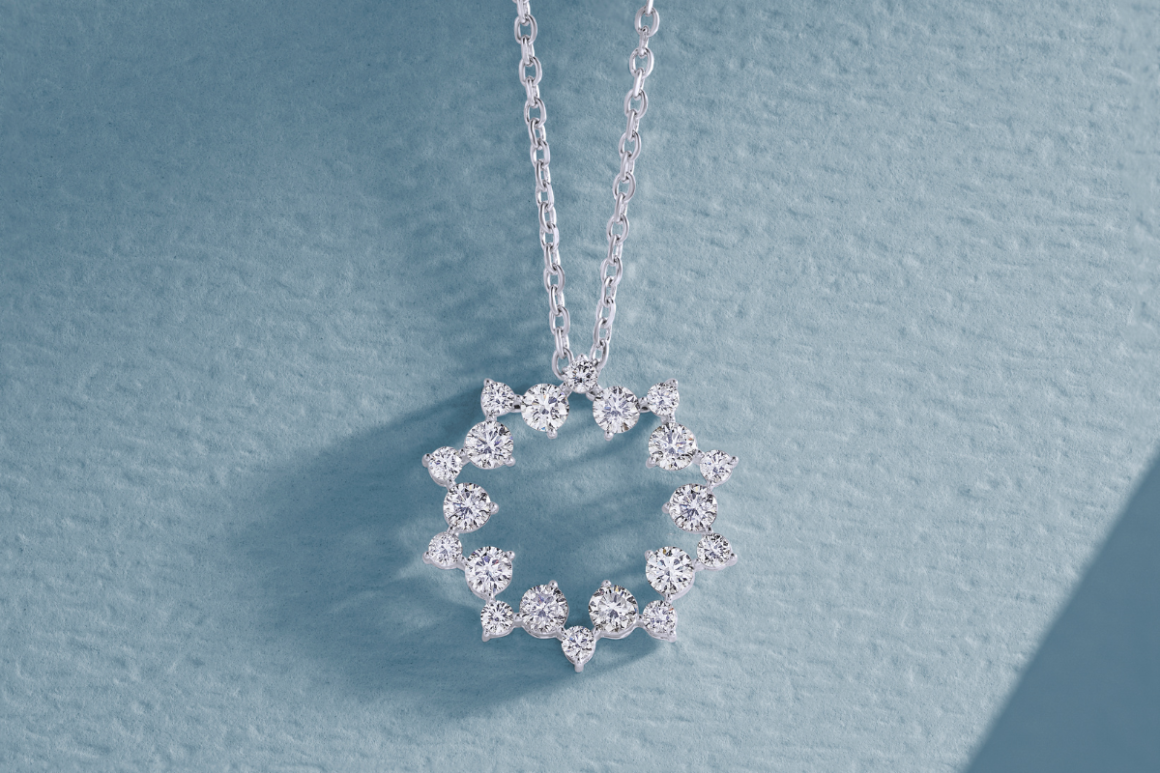
The rising popularity of lab-grown synthetic diamonds extends beyond their affordability, as they are increasingly used in various applications across different sectors. In the realm of fine jewelry, lab-grown diamonds are particularly favored for engagement rings.
Couples appreciate the ethical and sustainable attributes of these stones, alongside their stunning beauty and lower price point. This trend is also evident in fashion accessories, where lab-made diamonds are used in earrings, tennis necklaces, and bracelets, appealing to consumers who prioritize both style and ethical considerations.
Moreover, the investment potential of lab-grown diamonds is gaining traction. As the market matures, more investors recognize the opportunity for appreciation in value, particularly as consumer preferences shift towards sustainable luxury. Overall, the diverse uses of lab-grown diamonds reflect their growing significance in modern society.
Future of Lab Grown Diamonds
As consumer awareness of ethical sourcing and environmental impact continues to evolve, the future of lab-grown diamonds appears promising and dynamic. Market trends indicate a significant shift towards sustainable luxury, with lab diamonds gaining traction among consumers who prioritize ethical choices and transparency in their purchasing decisions. This growing preference is reshaping the diamond industry, compelling traditional retailers to adapt and accommodate the increasing demand for these alternatives.
In the coming years, advancements in technology are expected to enhance the production processes of lab-grown diamonds, resulting in lower costs and improved quality. As these innovations unfold, we may witness a broader acceptance of lab-grown diamonds across various segments, from engagement rings to jewelry collections.
Moreover, consumer preferences are leaning towards personalization and unique designs, which lab-grown diamonds can readily accommodate due to their customizable nature. The environmental benefits associated with lab-grown diamonds, such as reduced carbon footprints and lesser ecological disruption, further solidify their appeal in a climate-conscious marketplace. Overall, the future trajectory of lab-grown diamonds suggests a vibrant landscape that aligns with evolving consumer values and marketplace demands.
FAQs
Can Lab Grown Diamonds Be Passed Down as Heirlooms?
Lab-grown diamonds can certainly be passed down as heirlooms due to their emotional value and the potential for heirloom significance. Their beauty and ethical sourcing enhance their appeal as cherished family treasures for future generations.
Are Lab Grown Diamonds Suitable for Engagement Rings?
Lab grown diamonds are increasingly recognized as suitable for engagement rings, combining sparkling beauty with an ethical choice. They offer a stunning alternative, ensuring couples can celebrate their love while aligning with sustainable values.
Do Lab Grown Diamonds Come With Warranties?
Lab grown diamonds typically come with warranty coverage, which varies by retailer. Such warranties often address quality assurance, while also reflecting longevity expectations. It is advisable to review specific terms offered by the seller for comprehensive details.
How Can I Tell if a Diamond Is Lab Grown?
To determine if a diamond is lab grown, examine its identifying features such as inclusions and fluorescence. Additionally, obtaining a diamond certification from a reputable grading organization can provide definitive information regarding its origin.
Are There Different Grades for Lab Grown Diamonds?
Yes, lab-grown diamonds are graded using established grading standards similar to natural diamonds. Their quality is assessed based on criteria such as cut, color, clarity, and carat weight, affecting their overall value and appearance.
Conclusion
Lab grown diamonds represent a significant advancement in gemstone technology, offering an ethical and sustainable alternative to natural diamonds. With identical physical and chemical properties, these man-made gemstones challenge traditional perceptions of value and authenticity in the jewelry market. As consumer awareness of ethical sourcing and environmental impact increases, the demand for lab grown diamonds is likely to grow. Their affordability and versatility further underscore their potential to reshape the future of the diamond industry.
